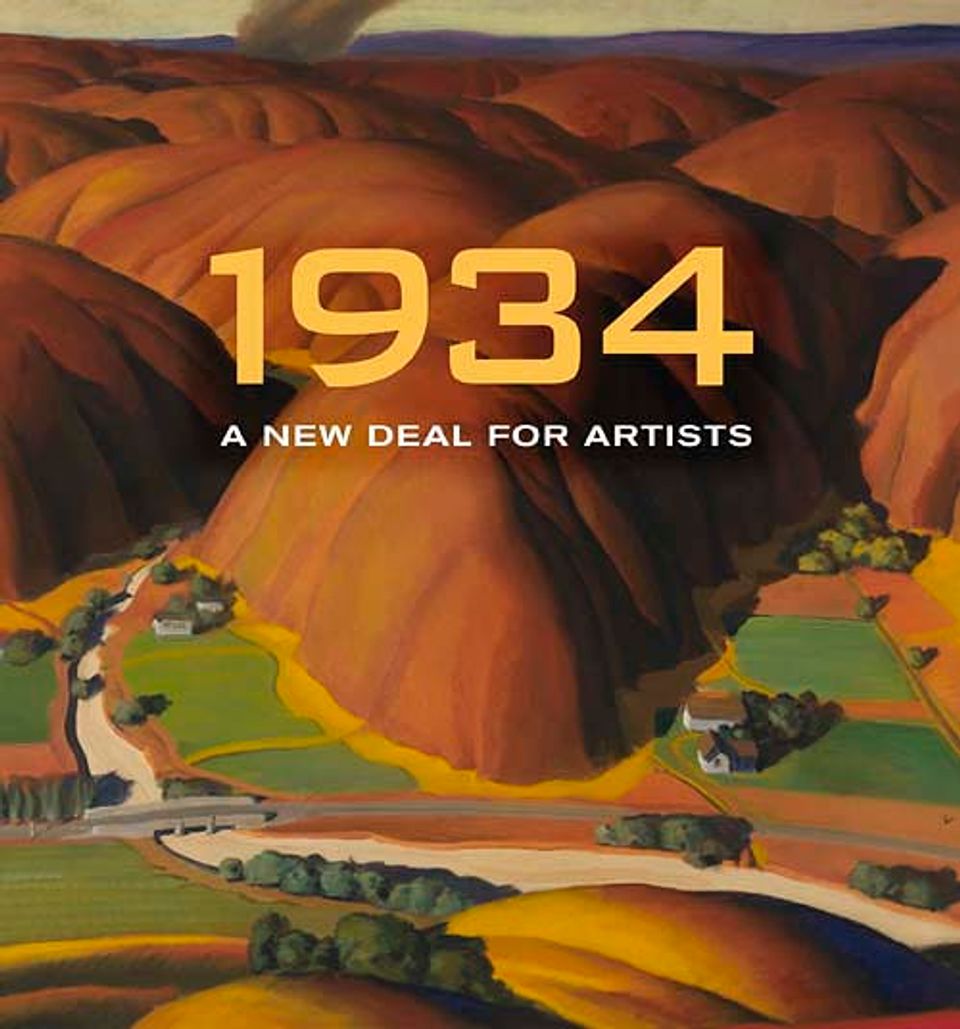Artwork Details
- Title
- The Sky Pond
- Artist
- Date
- 1933-1934
- Location
- Not on view
- Dimensions
- 42 x 50 1⁄8 in. (106.8 x 127.4 cm.)
- Credit Line
- Transfer from the U.S. Department of Labor
- Mediums
- Mediums Description
- oil on canvas
- Classifications
- Subjects
- New Deal — Public Works of Art Project — Colorado
- Landscape — phenomenon — glacier
- Landscape — weather — snow
- Landscape — lake
- Landscape — mountain
- Object Number
- 1964.1.59
Artwork Description
Smith probably encountered the Civilian Conservation Corps, a work relief program for young men, as he explored the Colorado Rockies in search of picturesque landscapes. By spring 1933 the CCC was at work in Rocky Mountain National Park, building the trails and roads that visitors would travel to experience remote wilderness spots like Taylor Peak and Sky Pond for themselves.
1934: A New Deal for Artists exhibition label














